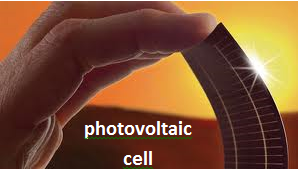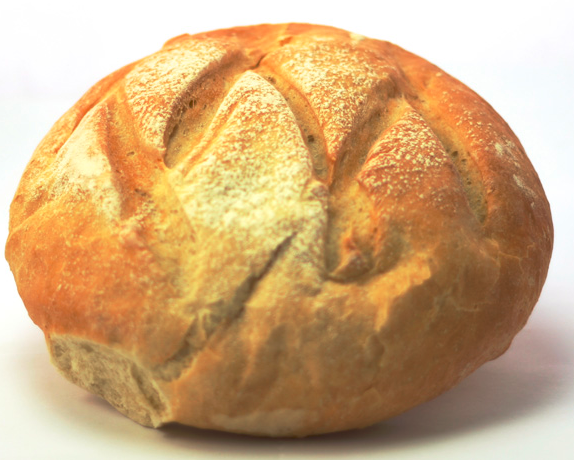The Original Silicon Valley- Part II
We crossed the threshold from simple to infantile in our ‘Earth Science by a Dummy’ segment last week. The point was proffered that silicon, a primary component of semiconductors, is basically sand. Super fancy stuff is made out of dirt. It was meant to make you go “Hmm.”
Semiconductors help form the basis of modern electronics, and that means cool toys. Your phone performs functions that border on miraculous, no matter how nonchalant we act about it. In reading various definitions of semiconductors that elude my grasp, it seems safe to say that part of their appeal lies in the fact that they carry electrical current really fast without getting very hot while remaining really little. These are highly desirable traits in gadgetry.
Today’s Silicon Valley owes much of its prosperity to the production and use of semiconductors. For example, solar energy is big business because of a carefully sequenced semiconductor sandwich. We can thank men like Alexandre-Edmond Becquerel, Max Planck, and Michael Faraday for helping with the early recipe as they experimented with the original photo-voltaic Dagwood. Einstein’s added ingredients tended more toward the Reuben, but by now the analogy is getting overdone.
Cool Story Bro- Now Go Make Me a Sandwich
A solar cell includes two slices of silicon, deliberately doped with impurities, like preservat ives in bread.* The point of contact in-between forms a jam sandwich junction, through which electrons can go in (to your home’s wiring) but not out. Quanta’s Hotel California.
ives in bread.* The point of contact in-between forms a jam sandwich junction, through which electrons can go in (to your home’s wiring) but not out. Quanta’s Hotel California.
Sunlight is hard to measure because there is still disagreement as to what it actually is: Waves, particles, or something else. Einstein reportedly said that he wished to spend his final years ‘defining what light is.’ In one description, he referred to light as ‘packets of energy.’ ![]() Later on, a chap named Gilbert Lewis nicknamed them ‘photons.’
Later on, a chap named Gilbert Lewis nicknamed them ‘photons.’
The irony is that Einstein seemed apathetic to the fiduciary application of his efforts. Yet, these ‘bundles of energy’ are aptly named from the venture capitalist’s standpoint: Sunlight is literally ‘bundles of cash’ when it pours into solar panels. Be ye banker, physicist, or Joe Homeowner- however you prefer to measure sunlight- in degrees, dollars, miles, ounces, or cc’s; there is plenty of it to be had and free for the taking.
You Can Have Your Bread & Eat It Too
But too often we don’t. If you found a packet of money on your doorstep, you would look around suspiciously, muttering, “What’s the gag? Is this a prank, a crime, a trap, or all of the above?” It’s none of the above. Solar is not too good to be true. Grab it and go.
Whatever light is made of when it reaches earth, it converts readily to power. When sunlight is absorbed by a solar panel semiconductor sandwich (under glass, no less), electrons break off like crumbs, and that means voltage. If you connect your refrigerator and your table lamp to these goings-on atop your roof, it means free electricity. You want fries with that?
The phenomenon of light being converted to usable energy is often called the photovoltaic or photoelectric effect. For you PhD types that are rolling your eyes at my using the terms interchangeably, I plead neglected education. Fortunately, one doesn’t have to be brilliant to know that using solar energy is.
Welcome to this millennium’s Silicon Valley; home of semiconductors, sourdough, and solar. Here, you can have your bread and eat it too. It’s good to Bay here!
*Recipe for solardough bread
- Preheat sun to 10,000 F
- Slice 32 moncrystalline silicon ingot wafers (extra thin)
- Bake in aluminum & glass dish until utility meter spins backward and pockets bubble over with cash
- Reduce heat on personal budget
- Allow yourself to cool in plenty of AC
- Stick a fork in your utility bill…it’s done
- Serves millions

